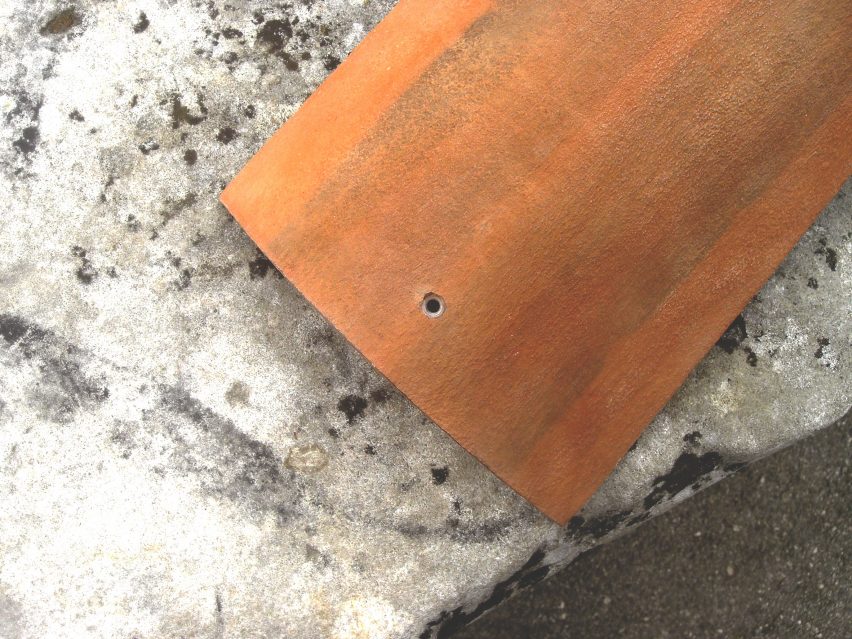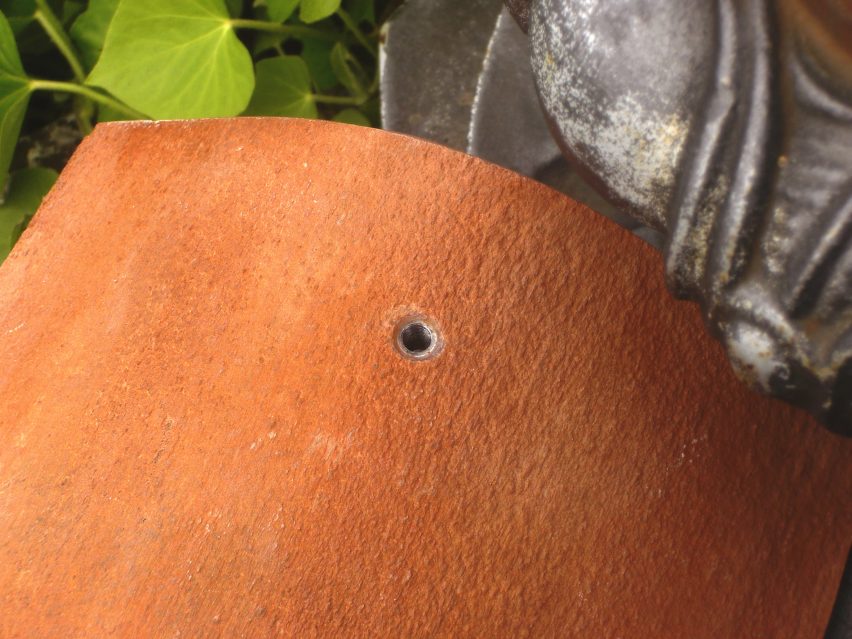Italian firm Dyaqua, which has developed a strategy to produce photo voltaic panels in order that they resemble the barrel clay tiles widespread on the roofs of buildings in Italy, has mentioned the expertise is essential for the sustainable redevelopment of historic websites.
Referred to as Invisible Photo voltaic, the panels have been developed by lighting firm Dyaqua and have seen rising curiosity resulting from rising issues with heritage buildings.
The panels encompass widespread monocrystalline silicon cells which might be positioned beneath ceramic housing and comprised of “non-toxic” supplies.
The ceramics have been modified in an effort to seem opaque to human eyes whereas nonetheless permitting solar rays to go by means of and energy the cell.
“We particularly designed Invisible Photo voltaic to lastly enable cultural heritage to entry photo voltaic vitality, the place conventional photo voltaic panels and different BIPV aren’t allowed to be put in due to their excessive visible impression,” mentioned spokesperson Elisa Quagliato.
“The truth is, archaeological websites and regular heritage buildings have a excessive vitality consumption. Subsequently, photo voltaic vitality is essential to decrease the environmental impression of those lovely locations and assist them in spreading tradition,” she continued.
“The curiosity in Invisible Photo voltaic is continually growing because it solutions a particular challenge of all heritage constructing homeowners.”

Each element of the manufactured-to-order panels is supposed to be recyclable, and the corporate has mentioned that they’re “artisan made”, so the panels have minor variations between every one, including to the “basic” look.
Invisible Panels can be used for siding or for pavement and have been designed to be useful as effectively, offering floor safety akin to typical housing tiles. The corporate additionally mentioned that the photocatalytic properties of the ceramic housing enable the tiles to self-clean.
Dyaqua mentioned it goals to make the panels sustainable.
“Our objective is to create useful and sustainable merchandise, each from ecological and aesthetic perspective,” mentioned the model. “The truth is, we use non-toxic and recyclable supplies whereas our merchandise are designed to maintain the aesthetic options of buildings or locations the place they’re put in.”
The corporate didn’t point out if the photovoltaic components themselves have been recyclable.
The panels may “stand up to a excessive static load” and the corporate said that they’ve been examined in opposition to chemical solvents and different “atmospheric brokers”.

Every panel weighs about two kilograms and has a peak energy of seven.5 watt peak (Wp), an expression of its peak vitality capability. Meant for use on new constructions in addition to for the alternative of previous tile, the system will be utilized to a wide range of constructing sorts.
The tiles have been prototyped for years earlier than being launched in 2016. In 2018 as an influence technique for the Pompeii Archeological Park by means of its Good Archaeological Park programme, which tried to combine sustainable applied sciences into the archaeological website.
“Invisible Photo voltaic was chosen to be put in in Pompeii for its whole integration – each architectural and aesthetical – to the roof overlaying and its energy effectivity,” mentioned Quagliato.
“The challenge goal is to show Pompeii into the primary sensible archaeological park, creating a global reference mannequin for different cultural heritage websites.”
Quagliato additionally mentioned that the corporate is experimenting with comparable programs utilizing totally different supplies like wooden, stone and concrete.
Different novel makes use of for solar energy embody Britain’s Water-Crammed Glass, which makes use of home windows stuffed with water in an effort to passively warmth and funky buildings, in addition to Samuel Wilkinson’s photo voltaic tree-like construction meant to reap photo voltaic vitality.

